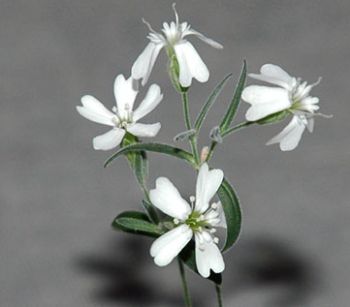Natural Society | January 21 2013
In the world of natural health, we often hear of exotic fruits that promise to be the next “big thing”, the next superfood. Camu camu is one of these fruits. But in the case of this fruit, it isn’t all hype. Actually, the camu camu berry-like fruit is awesome.
Camu camu is a fruit from deep in the Amazon. It is native to Peru, where locals use it to flavor ice cream, jellies and juices. There is little evidence of it being eaten historically, and instead, evidence exists that it was not eaten because of its extremely acidic nature. However, in 1957 the Instituto de Nutricion in Peru undertook the first nutritional analysis of the fruit and found that the acidic fruit was packed with vitamin C.
Camu Camu: A Vitamin C-Rich Health Gem
When compared with other fruits, the vitamin C content of camu came is highest. It contains about 2,800 mg of ascorbic acid per 100 grams of pulp. In other words, it contains about 30 to 50 times the vitamin C of an orange. In addition, it contains “10 times the iron, three times the niacin, twice the riboflavin and 50 percent more phosphorus” according to Willow Tohi with Natural News.
Since that initial nutritional analysis in 1957, several studies have been undertaken, each showing that camu camu has promising health benefits.
Studies have shown it can offer anti-aging, cognitive, anti-inflammatory, immune, vision, and antiviral benefits. It’s not only due to the vitamin C within, but a powerful concentration of antioxidants. Together, scientists have found, these compounds work to prevent hardening of the arteries better than traditional vitamin C tablets, containing the same amount of vitamin C as the camu camu fruit.

